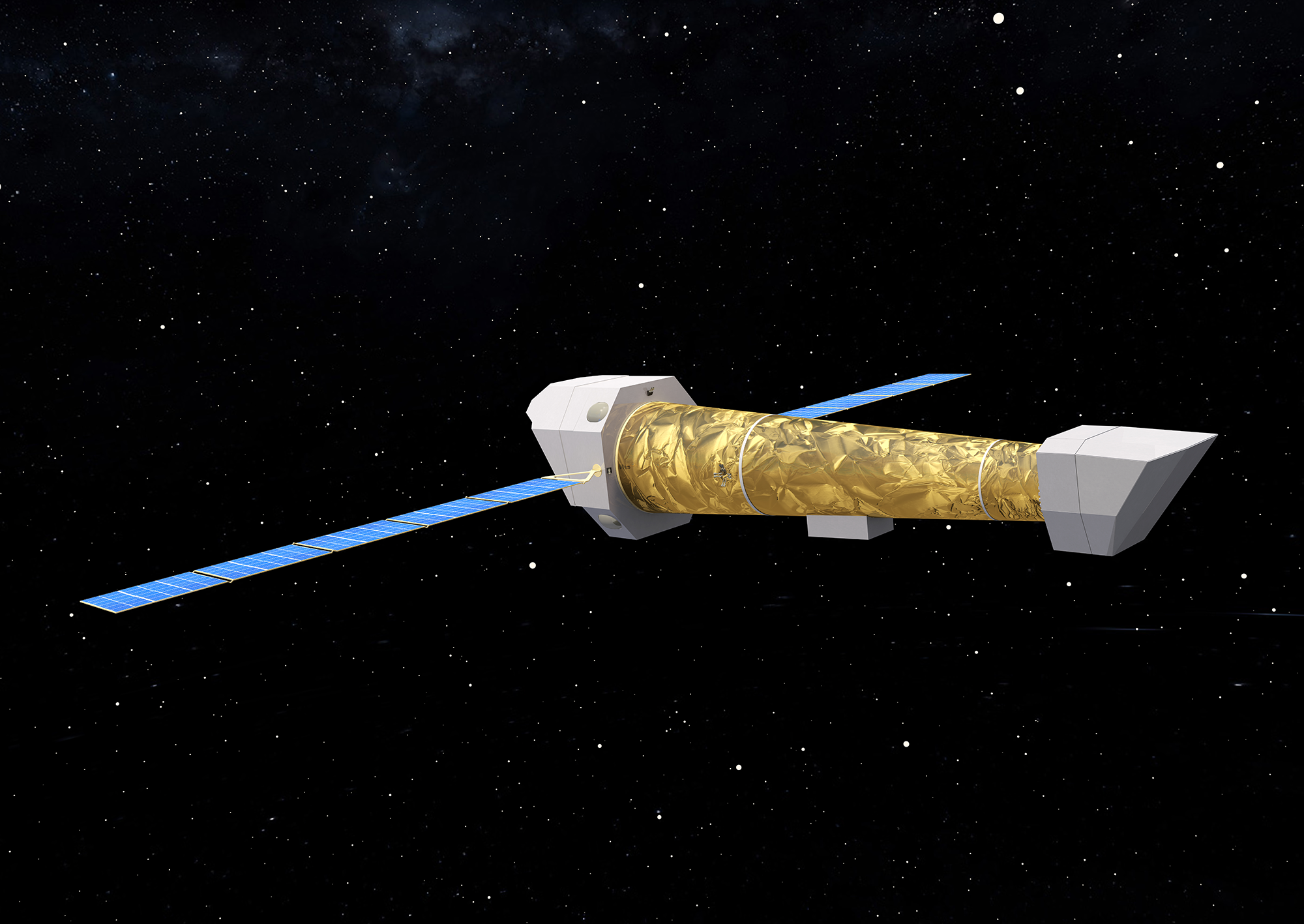
Date.
On Wednesday November 8, 2023, ESA’s Science Programme Committee (SPC) formally and unanimously approved the restart of industrial studies for the Athena mission, still considered by ESA and the scientific community as a flagship mission in the agency’s program, thanks in particular to its X-IFU spectrometer. The SPC recognizes that the Athena mission will provide answers to major scientific questions in a variety of astrophysical sources, related to the hot and energetic universe.
Athena recognized as Flagship Mission
This success is the culmination of more than a year’s collective effort to reformulate the mission. ESA, the instrument consortia (X-IFU and WFI), the Science Redefinition Team (SRDT) and many members of the Athena community have all worked to ensure that the mission meets the technical and financial requirements. In fact, detailed industrial studies will begin in 2024. Adoption of the mission is scheduled for 2027, for launch in the second half of the 2030s.
What are the changes on X-IFU?
The X-IFU is a microcalorimeter instrument using a large array of sensors requiring cooling to 50 mK (-273.10°C, i.e. close to absolute zero). In 2022, Athena entered a reformulation phase, which ended in a new baseline for the Athena spacecraft Payload Compartment (PLC) and for the X-IFU cryogenic architecture. It is relying on a passive cooling system implemented by the PLC, based on a set of three L-shape cryogenic radiators, called V-grooves, providing a 50K environment to the Instrument and a cryogenic system implemented by X-IFU, providing the cooling capacity to the detector stage, starting from the 50K environment. It includes: a Dewar vessel with an outer envelope at 50K, which hosts the Instrument Cold Core containing the detector, a remote cryocooler, called 4K Cooler, providing active cooling to the Instrument inner stages in the 20K and 4K ranges and a multi-stage Adiabatic Demagnetization Refrigerator (ADR), able to cool the detector stage down to 50mK starting from the 4K stage.
The X-IFU detector is a large array of pixels composed of X-ray absorbers deposited on top of Transition Edge Sensors (TESs). The baseline detector configuration features 317 x 317 μm2 square absorbers organized in a hexagon pattern of 4′ equivalent diameter field of view. In its present configuration, the total number of pixels of the detector array of X-IFU is 1504, divided in 4 groups of 376 pixels each. Each group of 376 pixels is read out by independent electronics, so that any failure would not lead to a loss larger than one fourth of the whole detector. While the requirement for the spectral resolution is 4 eV at mission level, we keep a design goal of 3 to 3.5 eV up to 7 keV at instrument level.
This reformulation phase focused the efforts of scientists and engineers on maintaining a level of performance compatible with the requirements of a flagship mission. To make Athena, we now need to successfully complete all the demonstration activities by the end of 2026, in time for the mission adoption, with the delivery of the instrument flight model in around ten years’ time.


 Youtube
Youtube